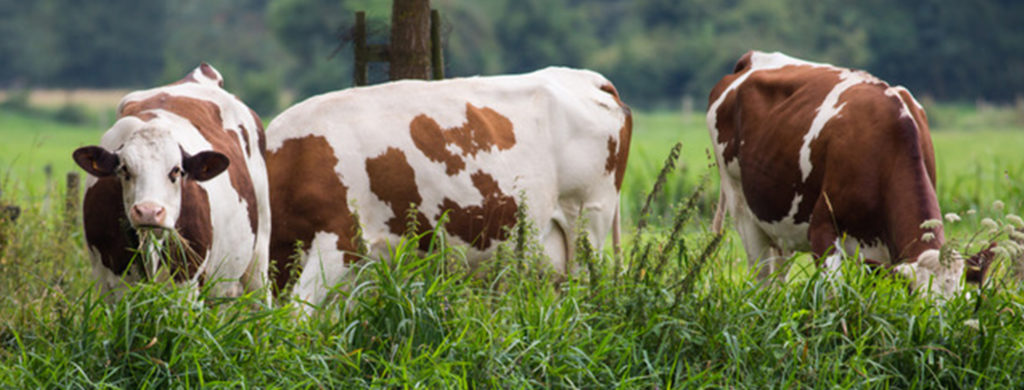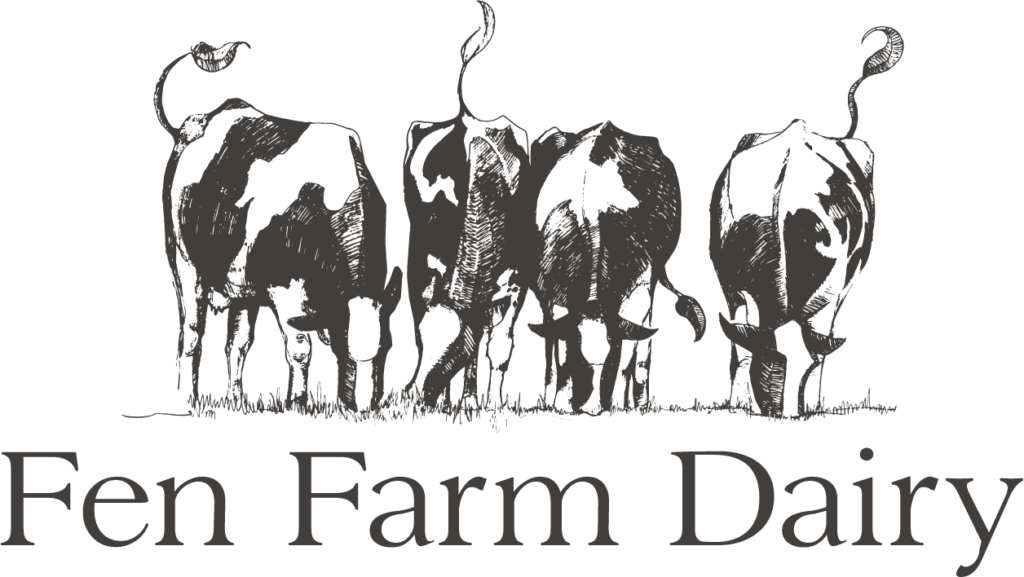No products in the cart.

And the risks?
We lab test our raw milk regularly and have consistently been awarded a hygiene rating of 5 stars (the best) at every inspection by our local Environmental Health team, since we began in 2011.
Who’s at risk?
Raw milk may not be suitable for some people. If the raw milk you drink has high numbers of harmful bacteria in it, technically anyone could get sick from it, although the risk to a healthy adult is usually small.
Those who may be more at risk are:
Pregnant women, especially if taking antacids, which dilute the stomach acid. Your stomach acid can help to kill off some small levels of harmful bacteria.
Those with compromised immune systems, i.e. HIV positive or those who have been very ill, for example if undergoing chemotherapy.
The very young or very elderly.
If you are unsure whether or not raw milk is safe for you or your child, we recommend that you check with your GP.
The law
By law, We have to display the following wording on our packaging: “This milk has not been heat treated and may therefore contain organisms harmful to health”.
Why is it so confusing?
There are lots of conflicting views about raw milk online. As raw milk is a natural, untreated product, there are some risks associated with drinking it but it is important to bear in mind that providing you source your milk from a reputable farm with healthy grass-fed cows, the risk is small. In our opinion, you are far more likely to get sick from eating shellfish, packet salad, undercooked chicken, or countless other high risk food products that are readily available in the shops. I heard a quote from a dairy hygiene expert recently, saying that there are more bacteria on the average household dishcloth than in raw milk.
We believe in personal choice and access to information. If you search the internet, you will find yourself drowning in differing opinions (some very strong!) about the safety of raw milk. You’ll have to make your own mind up in the end but beware, much of the information you read online is likely to be wrong, or at least only half correct. Here’s why:
By their very nature, raw dairy products are infinitely complex. Leading dairy scientists are still learning and discovering new things about milk all the time. Milk is made up of many different elements, including live bacteria and enzymes, whose behaviour and state can be affected by so many variables, from the cow’s health, diet and breed, to the environmental factors and handling that the milk is subjected to once it leaves the cow. Simply changing/damaging any one of the components of raw milk can have a knock-on effect on the state and behaviour of the others. Often, several different factors can effect the milk at once, producing hard-to-predict changes in its minute composition.
To complicate matters further, milk changes. It’s primary job is to change in response to the changing nutritional needs of the calf, but it will also change in response to many other factors. The milk you drink today will never be the same as the milk you drink tomorrow, even if it came from the same cow. Her body might be different tomorrow. She might be a little dehydrated if it’s hot and she can’t be bothered to get up and have a drink. Or maybe it will rain and she’ll decide she’d rather chill out under a tree than stand out in the wet and eat grass. The grass it’self might be higher or lower in nutrients depending on the weather, time of year, the particular meadow and the farmer’s grass management skills. The cow will produce different milk depending on the stage of her pregnancy, or the length of time since she last calved. To confuse things further, any combination of these factors could be going on at once, producing an infinite number of possible outcomes in the structure of the milk. And that’s all before it even leaves the cow and becomes subject to external factors.
And cheese? Times all this by about a million and you’ll have a rough idea of the complexities of cheese.
So now you can see how many of the “facts” about milk that you read on the internet can be wrong. Many people try to over-simplify it by making sweeping statements about milk, which may well be correct on a certain day with a certain pint of milk from a certain cow, but may not be correct at all when applied to a different pint of milk.
In essence, rather than worrying or relying on any “facts” you have heard about raw milk, our advice would be to simply make sure that you are not in one of the “at risk” categories (check with your GP if you are unsure) and make sure that the milk you drink comes from a farm licensed to produce raw milk, that cares for their animals. Drink it as fresh as possible, for the best most delicious results!

